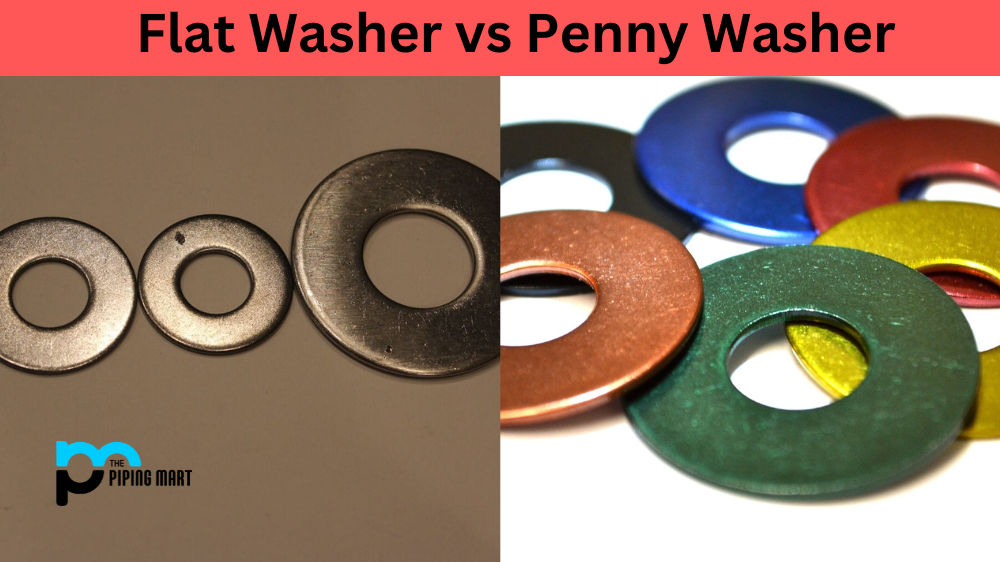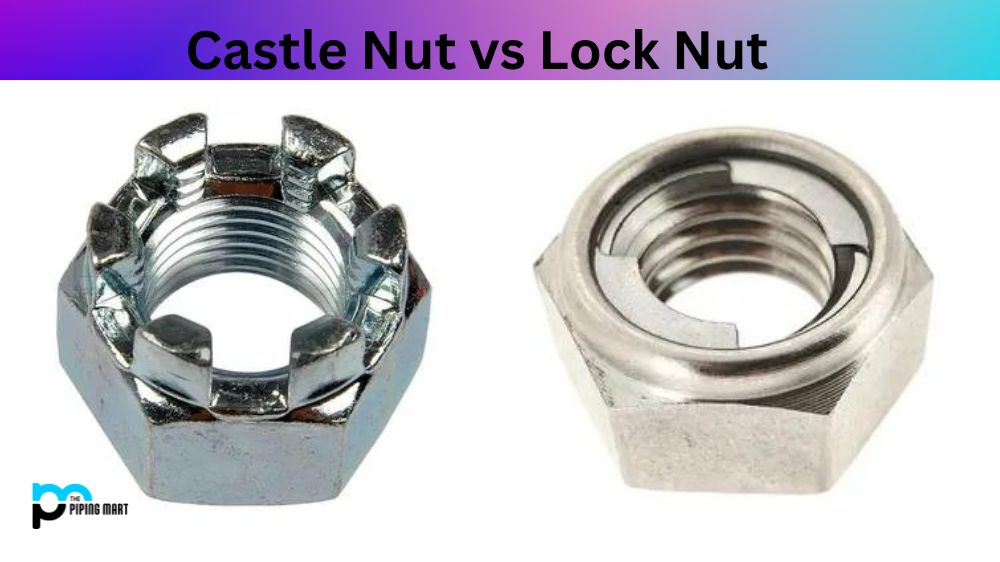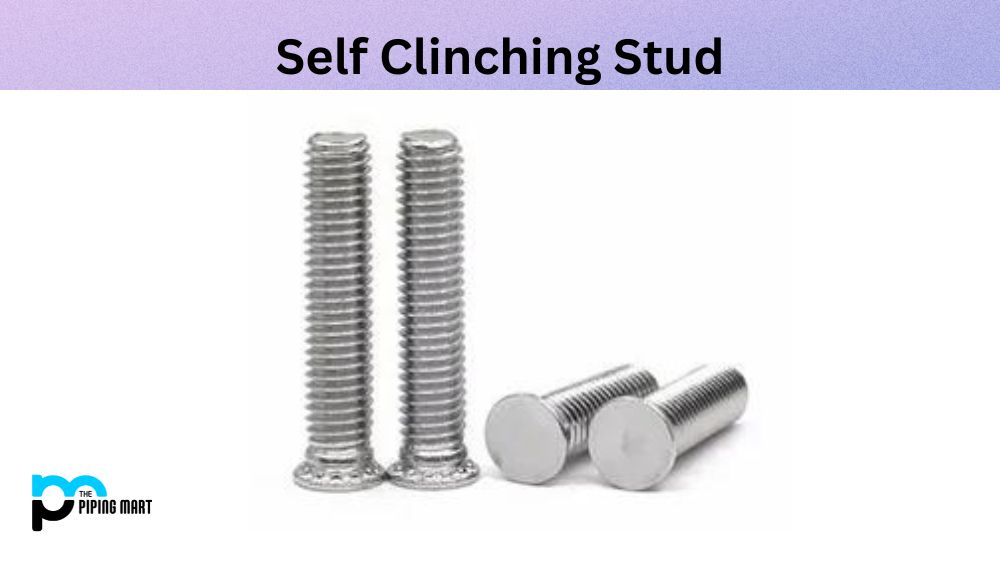Even the smallest components can make a big difference in your project’s outcome regarding hardware and building materials. Take washers, for example. They may seem insignificant, but they are crucial in maintaining the integrity of structures and equipment. This article explores two types of flat and penny washers. We’ll look at what they are, how they differ, and when to use them.
What are Flat Washers?
Flat washers are also known as plain washers. As their name suggests, they have a flat surface with no raised edges or contours. They are typically circular and come in a range of sizes and thicknesses. Flat washers are often used to evenly distribute the load of a fastener, such as a bolt, over a wider area. This helps to prevent damage to the underlying material, especially when the material has a softer surface, such as wood or plastic. They can also be used to increase the surface area of a joint, improving the connection’s strength and stability.
What is Penny Washers?
On the other hand, Penny washers are thicker and smaller in diameter than flat washers. They have a raised edge around their circumference, which gives them a more defined shape. As their name suggests, they are about the same size as a penny (or a 1p coin in the UK). Penny washers are commonly used in applications where the joint requires extra support or the load is concentrated in a specific area. They are often used in roofing, timber framing, and landscaping, strengthening beams and posts.
Difference Between Flat Washers and Penny Washers
The choice between flat and penny washers depends on the joint’s specific application and requirements. Flat washers are ideal for distributing loads over a wider area and reducing the risk of damage to the underlying material, making them a good choice for delicate materials like plastics and wood. On the other hand, Penny washers are ideal for providing extra support to joints or where the load is concentrated in one area. They are often used in timber framing and roofing, where beams and posts require added strength.
Advantages and Disadvantages of Flat and Penny Washers
Both flat washers and penny washers have their strengths and weaknesses. Flat washers are generally cheaper and easier to obtain than penny washers. They are also easier to find in various sizes and materials. However, flat washers offer less support than penny washers and are better suited for lighter loads. On the other hand, Penny washers are more expensive than flat washers and can be harder to find. However, they provide better support to joints and are more suitable for heavier loads.
Conclusion
In conclusion, flat and penny washers may seem like small and insignificant components, but they are crucial in maintaining your projects’ strength, stability, and safety. When choosing between the two, consider the application’s requirements, load, and underlying material, and determine which washer best suits your needs. You can enhance your project’s strength and performance with the right choice, ensuring a better outcome.

Hey, I’m Krutik, a casual blogger expert in the metal industry. I am passionate about providing valuable information to my readers. With a background in engineering and construction, I like playing Cricket & watching Netflix shows in my free time. Thank you for visiting my blog, and I hope you find my information helpful!




